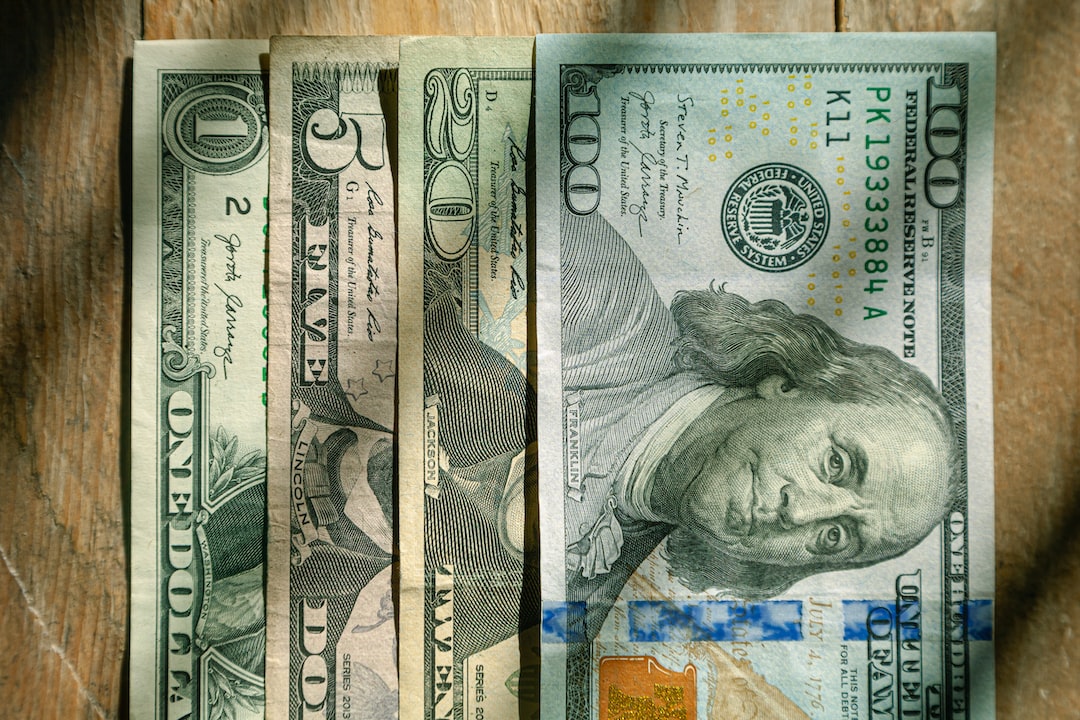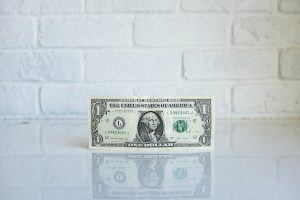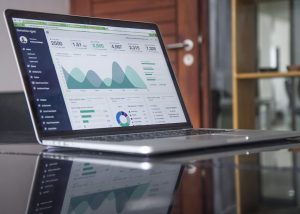Forex trading, also known as foreign exchange trading, is the act of buying and selling currencies in order to make a profit. It is a highly competitive and complex market, where institutions such as banks, hedge funds, and other financial institutions participate regularly. In this article, we will explain how institutions trade forex.
Institutional forex trading is different from retail forex trading, as institutions typically trade in larger volumes and have access to more advanced tools and resources. The primary objective of institutional forex trading is to generate profits for their clients by executing trades based on market analysis, economic indicators, and other financial news.
One of the key ways that institutions trade forex is through the use of automated trading systems, also known as algorithmic trading. These systems use complex mathematical algorithms to analyze market data and execute trades automatically. This allows institutions to trade forex 24/7, even when the markets are closed, and to take advantage of small price movements that would be difficult to spot for a human trader.
Another important way that institutions trade forex is by using leverage. Leverage is the use of borrowed funds to increase the size of a trade. Institutions can borrow large amounts of money from banks and other financial institutions, which they can then use to trade forex with much larger volumes than they would be able to with their own capital. This can greatly increase their potential profits, but it also increases their risk, as losses can also be magnified.
Institutions also use a range of different forex trading strategies to generate profits. These include fundamental analysis, technical analysis, and quantitative analysis. Fundamental analysis involves analyzing economic indicators and news events to predict future currency movements. Technical analysis involves analyzing charts and other market data to identify trends and patterns that can be used to predict future price movements. Quantitative analysis involves using mathematical models and statistical analysis to identify profitable trading opportunities.
Institutions also use a range of different forex trading tools to help them make informed trading decisions. These include forex trading platforms, charting tools, news feeds, and economic calendars. Forex trading platforms are software programs that allow institutions to execute trades, manage their portfolios, and access market data in real-time. Charting tools allow institutions to analyze market data and identify trends and patterns. News feeds and economic calendars provide institutions with up-to-date information on economic indicators and news events that can impact currency prices.
In conclusion, institutional forex trading is a complex and competitive market that requires a range of different tools, strategies, and resources. Institutions use advanced trading systems, leverage, and a range of different trading strategies to generate profits for their clients. They also use a range of different forex trading tools to help them make informed trading decisions. While institutional forex trading can be highly profitable, it is also highly risky, and institutions must carefully manage their risk to avoid significant losses.





